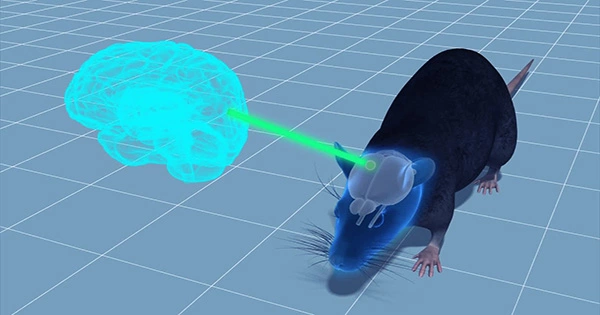Human brain cells have been inserted into the brains of rats, and researchers have shown that the new neurons will develop together with the rats and may even have an impact on their behavior. The study has profound ramifications for both brain research and the morality of making such animal-human hybrids.
The Stanford University team implanted bundles of lab-grown human neurons along with all the surrounding support cells into the growing rat brains of newborns. The rats’ growing brains merged the human neurons and created functional circuits, which the researchers claim may now be used to study neurodevelopmental problems.
Without having to remove tissue from a human brain, we can now study both normal brain development and brain disorders that are believed to have their origins in development in unprecedented detail, according to Pasca, the Bonnie Uytengsu and Family Director of Stanford Brain Organogenesis and a co-author of the study.
We can evaluate novel medications and gene treatments for neuropsychiatric illnesses using this new platform, too. The group employed a technique they had first introduced in 2015, in which human skin cells are converted into stem cells and subsequently differentiated into distinct brain organoids. So, the lab was able to convert particular brain regions into miniature organoids that were ideal for transplanting into a model animal but were not nearly as developed as those in a normally occurring brain.
Nearly 100 rat pups, just two or three days old, got transplantation of these bundles of human brain cells in the exact same region of the brain because of newborns’ remarkable capacity to form new connections as the brain develops.
It didn’t take long for the inner workings of the rats to begin swarming the human cells, feeding them blood and nutrition. The human neurons grew from just a fraction of an inch to occupied around one-third of the rat’s hemisphere after being unexpectedly given immune cells and all the elements they needed to thrive. These transplanted neurons were now six times larger and substantially more complicated than the neurons that remained confined to the petri dish.
The two separate bundles of human cells were then implanted into the same brain on either hemisphere, one from a patient with Timothy syndrome, a neurological condition associated with autism and epilepsy, and the other from a control group without the syndrome. The neurons in the Timothy syndrome hemisphere evolved differently and were considerably smaller, providing the researchers with a hitherto unattainable understanding of how these illnesses manifest.
By precisely stimulating the tiny organoids in the rats’ brains in a Pavlovian experiment, the researchers next showed that the human circuitry was directly affecting their behavior in the other rats.
Additionally, scientists discovered neither a benefit nor a disadvantage in the performance of the rats that received the implants, indicating that they may have contributed to cognitive function but did not enhance it.
This shows that implanted human neurons can affect an animal’s behavior and is the most sophisticated human brain circuitry yet created from human skin cells, according to Pasca.
“Our approach offers behavioral readouts for human cells for the first time and could, we hope, speed our understanding of complicated psychiatric diseases,” the authors write.
















